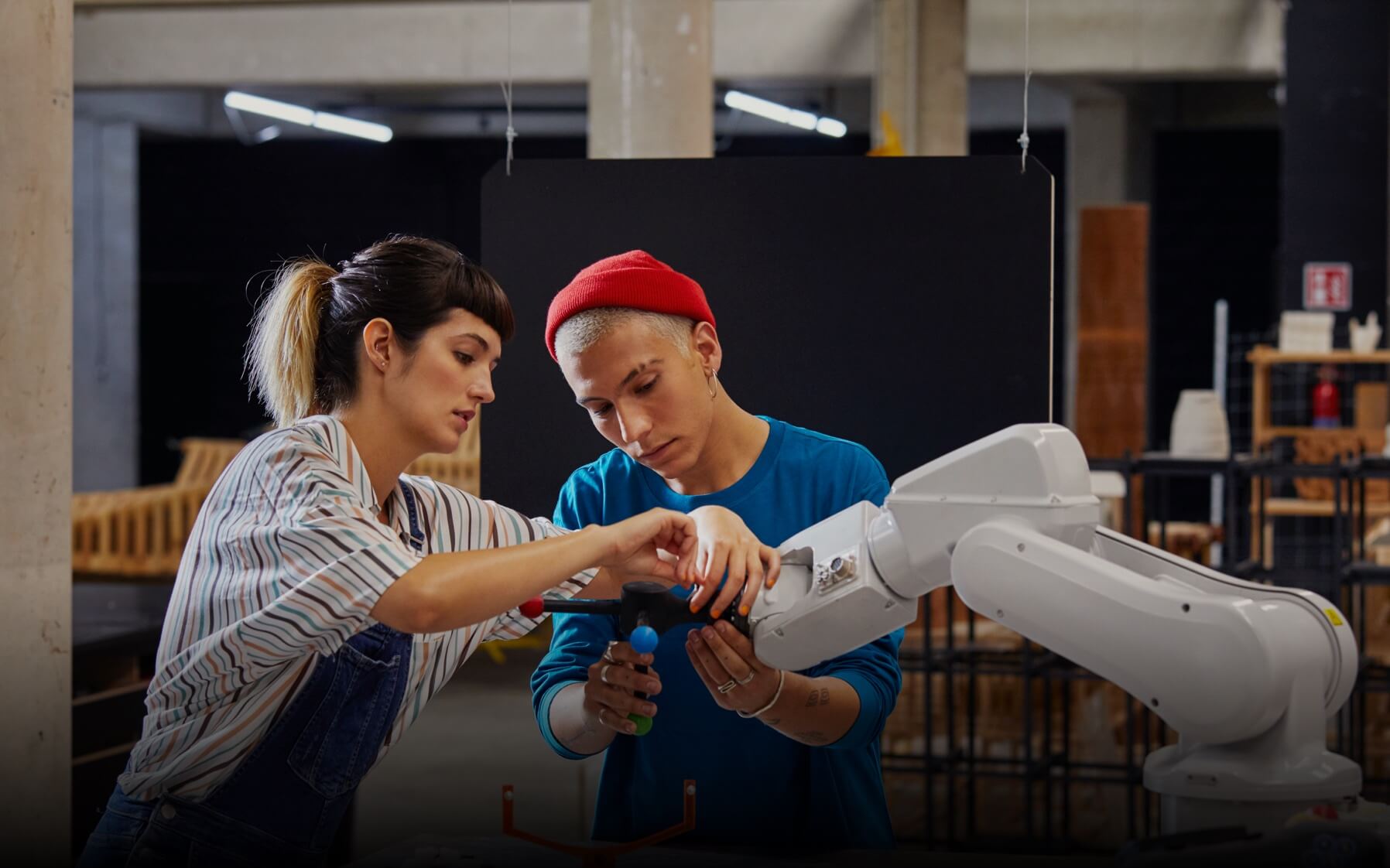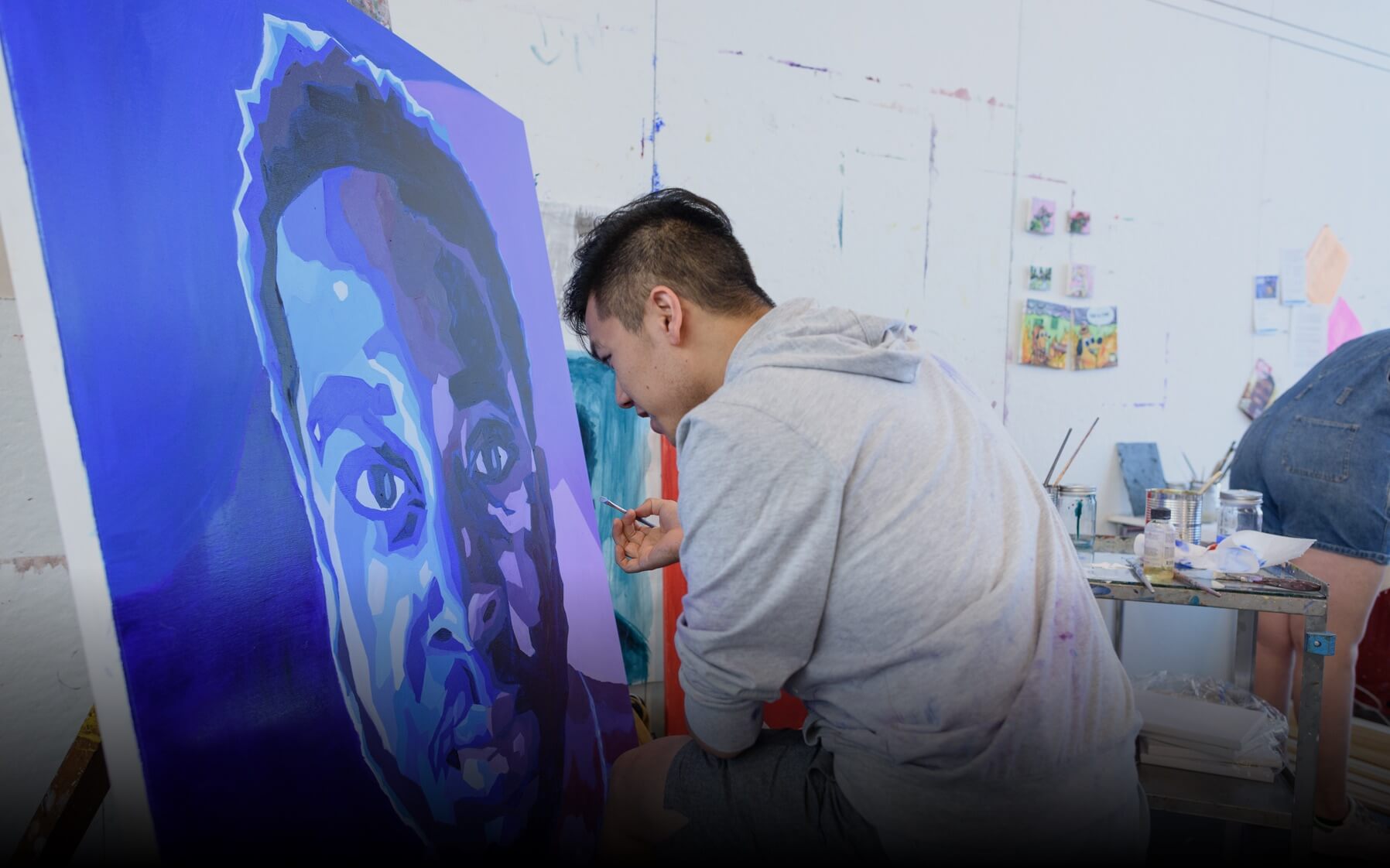DESIRED QUALIFICATIONS:
Disclaimer: A strong candidate does not need to possess ALL of the following qualifications, but should have at least some of these skills:
- Significant prior research and management experience, preferably in an engineering or cardiovascular-related field. The ability to think critically and carry out experiments independently is required.
- Background in mechanical engineering, biomedical engineering, bioengineering, computer science or related quantitative and or health field.
- Strong engineering fundamentals in fluid and solid / continuum mechanics, numerical methods, and/ or computational science, preferably with a PhD in engineering or related field.
- Solid software engineering skills including as programming in Python and / or Matlab.
- Experience with CAD software and/or 3D modeling software.
- Familiarity with image analysis (3D Slicer, Mimics) or medical imaging (optional).
- Experience running engineering simulations and performing associated analysis of simulation results. This includes finite element methods or computational fluid dynamics (Simvascular). Confidence with troubleshooting simulation results to ensure high quality outputs is needed.
- If coming from an engineering-oriented background, basic knowledge of anatomy/physiology are recommended.
- Advanced writing and reading ability, which could be demonstrated via prior publications.
- Knowledge of cardiovascular/cardiopulmonary anatomy & physiology. Developmental biology knowledge may also be beneficial as our work focuses on congenital heart diseases.
- Prior experience leading a team and project management working in a multidisciplinary environment, including excellent communication skills.
- Ability to independently develop efficient workflows for performing computational modeling and simulation in a fast-paced clinical setting.
- Excellent attention to detail and ability to implement quality assurance protocols for image segmentation and simulation results.
EDUCATION & EXPERIENCE (REQUIRED):
Bachelor's degree in a related field and two years of experience in clinical research, or an equivalent combination of education and relevant experience.
KNOWLEDGE, SKILLS AND ABILITIES (REQUIRED):
- Strong interpersonal skills.
- Proficiency with Microsoft Office and database applications.
- Experience with research protocols and regulatory or governing bodies, which include HIPAA and FDA regulations, Institutional Review Board requirements, and Good Clinical Practices.
- Knowledge of medical terminology.
- Demonstrated managerial experience.
- Demonstrated knowledge and skills of advanced scientific or engineering principles and practices.
- Extensive experience applying complex scientific and engineering principles and performing special technical services and the ability to articulate and translate implementation requirements to the planning, design, development, operations, and performance of complex equipment and systems.
- Demonstrated ability to oversee, maintain, and develop a laboratory space including demonstrated ability to and supervise the work of technicians and other staff associated with the group.
- Demonstrated ability to critically review research proposals, evaluate research capabilities, and make recommendations.
- Demonstrated ability to establish, communicate, and enforce compliance with health and safety policies and procedures.
- Demonstrated ability to effectively supervise and train a diverse work staff.
- Demonstrated ability to contribute to health care policy formulation when working in partnership with a multidisciplinary team of health care providers.
- Demonstrated ability to delegate responsibly to others, activities according to ability, level of preparation, the standards of practice and regulatory guidelines.
- Demonstrated ability to develop programs and lead process improvement projects.
- Demonstrated ability to establish the strategic direction and business plans for a functional group.
- Demonstrated ability to initiate and implement change conducive to the improvement of the quality and safety of patient care delivery.
- Demonstrated ability to supervise, coach, mentor, train, and evaluate work results.
- Demonstrated ability to communicate effectively, both orally and in writing.
- Demonstrated ability to establish and maintain effective relationships with widely diverse groups, including individuals at all levels both within and outside the organization and gain their cooperation.
- Demonstrated ability to plan, organize, prioritize, work independently and meet deadlines.
CERTIFICATIONS & LICENSES:
Society of Clinical Research Associates or Association of Clinical Research Professionals certification is preferred.
PHYSICAL REQUIREMENTS*:
- Frequently stand, walk, twist, bend, stoop, squat and use fine light/fine grasping.
- Occasionally sit, reach above shoulders, perform desk based computer tasks, use a telephone and write by hand, lift, carry, push, and pull objects that weigh up to 40 pounds.
- Rarely kneel, crawl, climb ladders, grasp forcefully, sort and file paperwork or parts, rarely lift, carry, push, and pull objects that weigh 40 pounds or more.
* - Consistent with its obligations under the law, the University will provide reasonable accommodation to any employee with a disability who requires accommodation to perform the essential functions of his or her job.
WORKING CONDITIONS:
- Position may at times require the employee to work with or be in areas where hazardous materials and/or exposure to chemicals, blood, body fluid or tissues and risk of exposure to contagious diseases and infections.
- May require extended or unusual work hours based on research requirements and business needs.
WORK STANDARDS:
- Interpersonal Skills: Demonstrates the ability to work well with Stanford colleagues and clients and with external organizations.
- Promote Culture of Safety: Demonstrates commitment to personal responsibility and value for safety; communicates safety concerns; uses and promotes safe behaviors based on training and lessons learned.
- Subject to and expected to comply with all applicable University policies and procedures, including but not limited to the personnel policies and other policies found in the University's Administrative Guide, http://adminguide.stanford.edu.
The expected pay range for this position is $86,248 to $100,158 per annum.
Stanford University provides pay ranges representing its good faith estimate of what the university reasonably expects to pay for a position. The pay offered to a selected candidate will be determined based on factors such as (but not limited to) the scope and responsibilities of the position, the qualifications of the selected candidate, departmental budget availability, internal equity, geographic location and external market pay for comparable jobs.
At Stanford University, base pay represents only one aspect of the comprehensive rewards package. The Cardinal at Work website (https://cardinalatwork.stanford.edu/benefits-rewards) provides detailed information on Stanford’s extensive range of benefits and rewards offered to employees. Specifics about the rewards package for this position may be discussed during the hiring process.
Consistent with its obligations under the law, the University will provide reasonable accommodations to applicants and employees with disabilities. Applicants requiring a reasonable accommodation for any part of the application or hiring process should contact Stanford University Human Resources by submitting a contact form.
Stanford is an equal employment opportunity and affirmative action employer. All qualified applicants will receive consideration for employment without regard to race, color, religion, sex, sexual orientation, gender identity, national origin, disability, protected veteran status, or any other characteristic protected by law.
The job duties listed are typical examples of work performed by positions in this job classification and are not designed to contain or be interpreted as a comprehensive inventory of all duties, tasks, and responsibilities. Specific duties and responsibilities may vary depending on department or program needs without changing the general nature and scope of the job or level of responsibility. Employees may also perform other duties as assigned.








